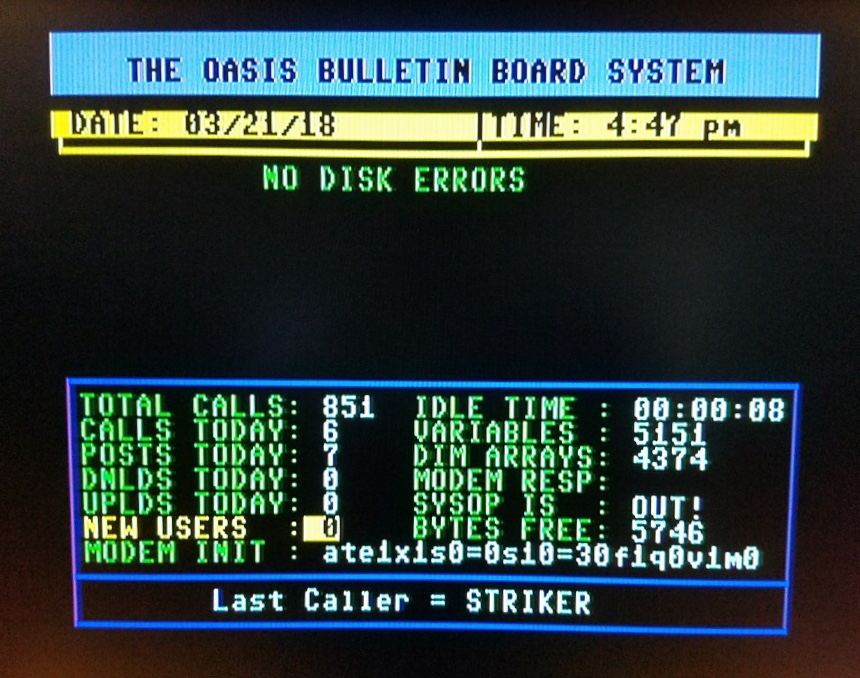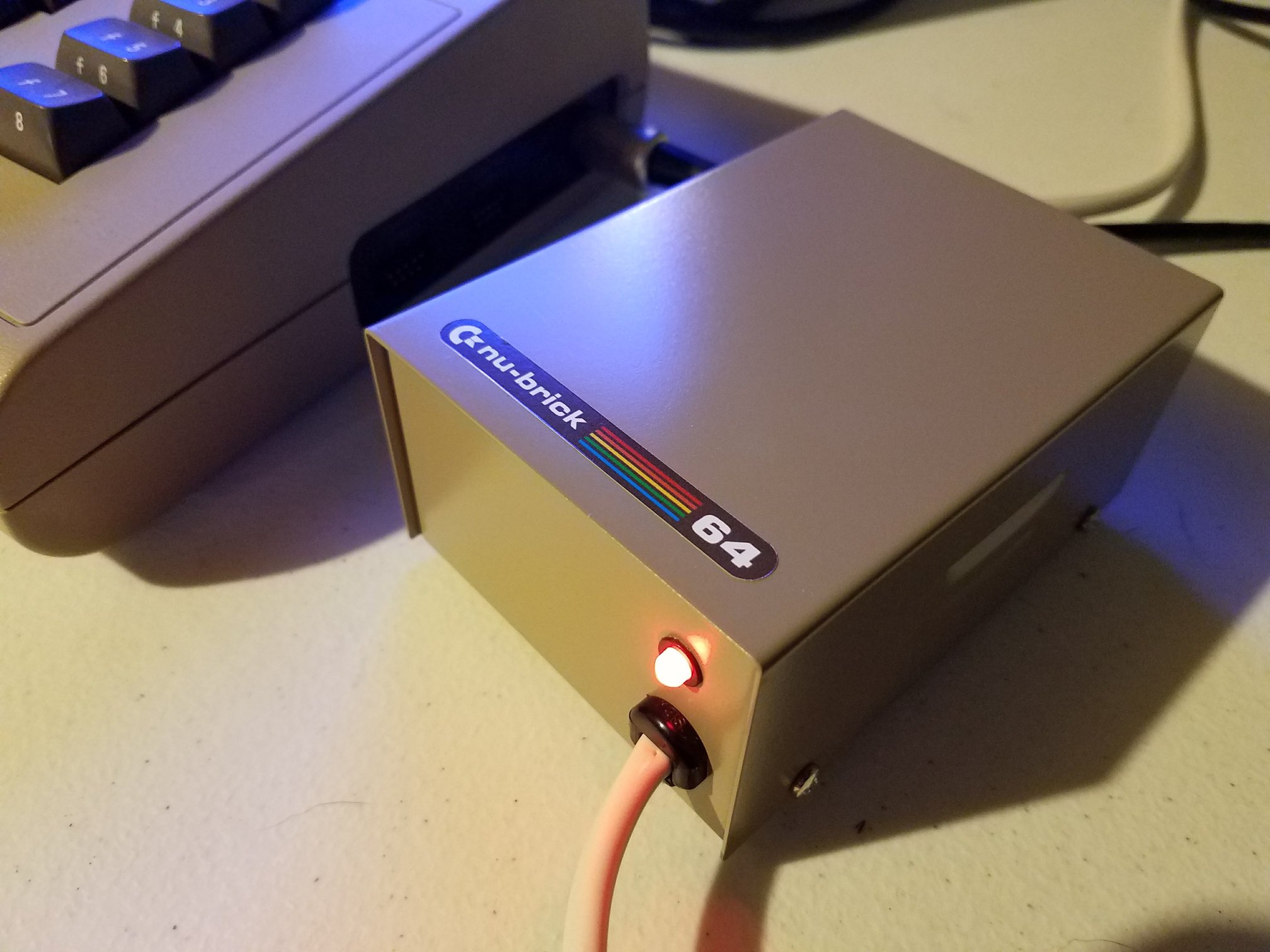Chris Edwards returns with the gripping conclusion of Saving the Amiga 3000, wrapping up over 40 hours of intense restoration on one of Commodore’s most complex systems. In this second part, the A3000 moves from partial recovery to full working order as Chris battles corrosion, broken traces, and heavy board rot to bring the machine back to life.
At the start, the board still suffers from audio and video faults. Chris focuses on the damaged Amber video circuitry, responsible for the 31 kHz flicker-fixer output, uncovering a corroded maze of traces and vias. With humor and determination, he replaces burned-out TTL chips, clears oxidation, and rewires dozens of broken signal paths using fine magnet wire. It’s a stunning display of technical skill and patience that defines his Saving the Amiga 3000 series.
Progress continues as Chris seals copper traces with UV solder mask and tests the flicker-fixer’s VGA output. After delicate calibration using a new trimmer capacitor, the 31 kHz VGA display finally stabilizes. He then tackles the weak audio, tracing it to a failed +12V rail feeding the LF347 op-amp. Once repaired, the sound returns with full clarity, marking another victory in the long battle against time and corrosion.
By the project’s end, the Amiga 3000 runs perfectly in both VGA and RGB modes. Chris protects his extensive wiring with layers of Kapton tape, restores the solder mask, and celebrates the complete revival of this once-doomed board. This marks his 336th successful Amiga rescue, proving that persistence and experience can overcome even the harshest board damage.
Through humor, insight, and an unwavering passion for retro hardware, Chris Edwards makes Saving the Amiga 3000 both educational and entertaining.
Readers can view Part 1 of the series here.







